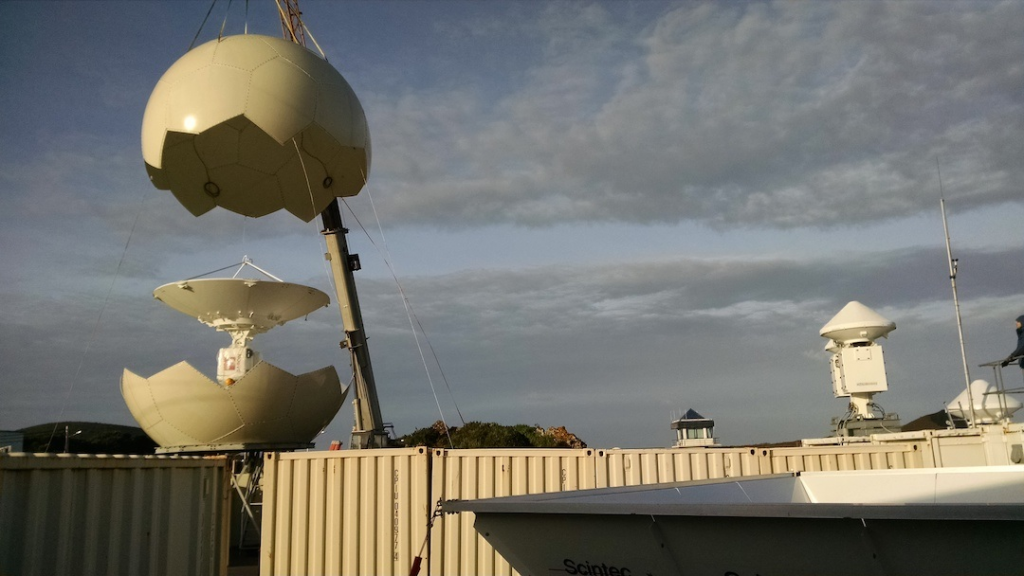Pioneering Measures of Low Marine Clouds
Published: 22 July 2018
Scientists look to the Azores as a laboratory for studying stratocumulus clouds

Mark Miller is a Rutgers University professor of meteorology who studies the atmosphere’s boundary layer, the turbulent first kilometer of the atmosphere where most weather happens.
In 1989, he was a student at Pennsylvania State University when he traveled to the Azores with his PhD advisor Bruce Albrecht, a pioneer in the study of marine clouds.
They were in search of a site for measuring low marine clouds, in preparation for a campaign conceived by Albrecht called the Atlantic Stratocumulus Transition Experiment (ASTEX).
Low marine clouds form a little-understood cloud regime that ubiquitously occupies the skies over the world’s oceans, bodies of water that account for 75 percent of the Earth’s surface.
“The presence or absence of such clouds deeply affects the local and global radiation budget,” says Miller. “We need to know more about them if we are to understand how the global climate functions.”
“Radiation budget” refers to the exchange of solar and terrestrial energy that keeps planetary conditions in equilibrium.
Despite the importance of low marine clouds, earth system models do not adequately represent how they are structured and how they are influenced by aerosols, the cloud-making particles that arise from both nature and human activity.
Hence the attraction of the Azores, an ocean-bound instrument platform of sorts. Researchers can site instruments there, close to marine clouds. And the islands are attractively influenced by aerosols from nearly everywhere, pure or polluted: North America, Europe, and even the Arctic.
“We have to thank (Albrecht) for recognizing the importance of the Azores as a laboratory for study,” says Miller, “and for having the foresight to understand the important role remote sensing would play in the study of this cloud system.”
Miller’s first visit to the Azores nearly 30 years ago bore fruit by 1992. In June of that year, on an island called Santa Maria, he took measurements and helped deploy the first radar instruments within a regime of marine stratocumulus clouds.
Today, Miller has a greater role than ever in the study of marine clouds. Miller, Robert Wood (University of Washington), and Pavlos Kollias (Stony Brook University and Brookhaven National Laboratory in New York) are members of a science team for the Atmospheric Radiation Measurement (ARM) user facility’s Eastern North Atlantic atmospheric observatory on Graciosa Island, an oval dot of rocky land in the Azores six miles long and four miles wide.
The uniquely instrumented observatory, almost five years in operation, is funded by the U.S. Department of Energy (DOE) and is the locus of projects underwritten by DOE’s Atmospheric System Research (ASR) program.
The ARM Climate Research Facility is a DOE Office of Science user facility. The ARM Facility is operated by nine DOE national laboratories.
Keep up with the Atmospheric Observer
Updates on ARM news, events, and opportunities delivered to your inbox
ARM User Profile
ARM welcomes users from all institutions and nations. A free ARM user account is needed to access ARM data.


















